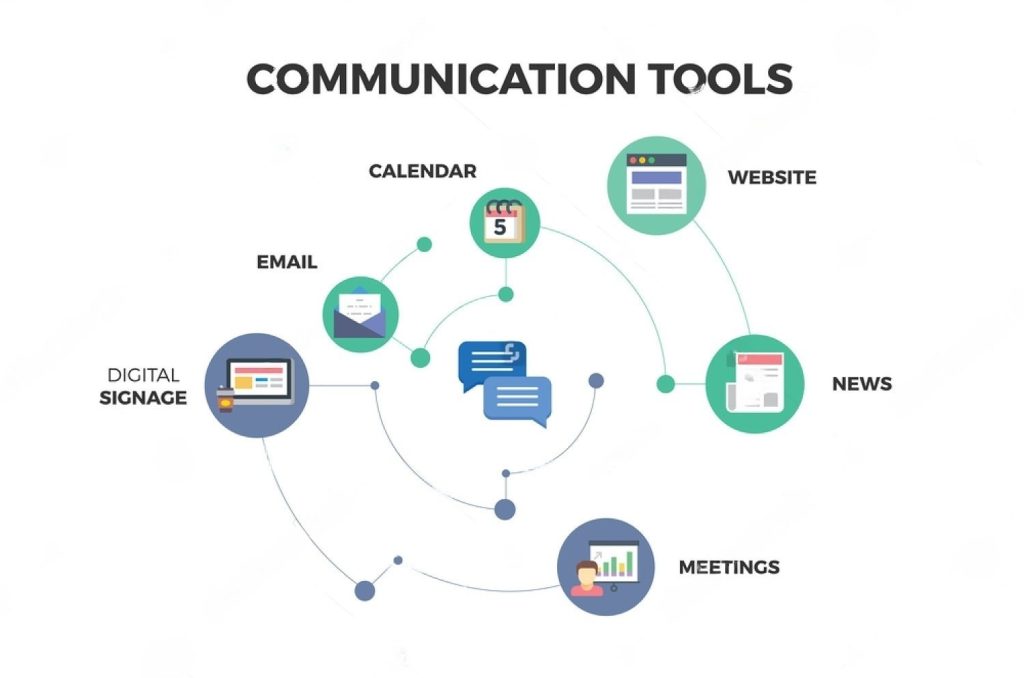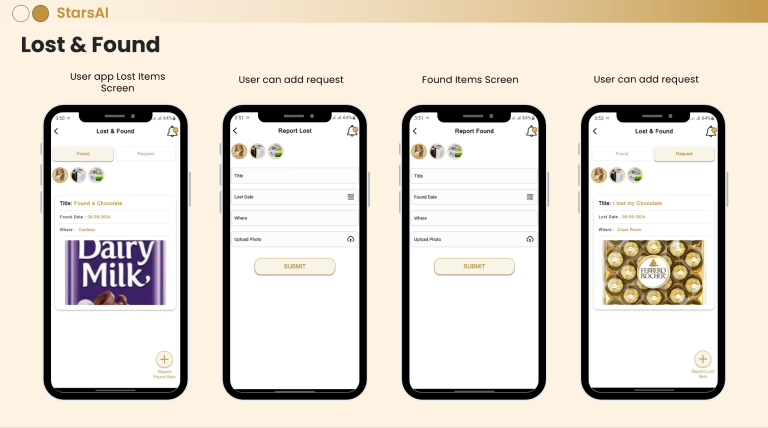Today, in a rapidly changing world, effective communication lies at the heart of every successful project. Education is no exception to this rule. It is essential for the smooth functioning of educational institutions to be able to foster clear, efficient, and timely communication. There is no doubt that communication tools play a very significant role in schools in this era of information technology. The purpose of this article is to explore the importance of effective communication tools, including both general and organizational communication tools, for improving the educational experience for students, parents, teachers, and administrators.
Bridging the Gap: Communication Tools for Schools
The goal of effective communication in schools goes beyond the exchange of information; it sets the groundwork for the development of an entire educational ecosystem. A seamless flow of information is required between a variety of stakeholders, including students, parents, teachers, and administrators. We will explain why it is so important:
Improved Parent-Teacher Collaboration: Parents and teachers can collaborate more effectively when communication tools are used in schools. With regular updates, progress reports, and notifications, parents are well informed about their child’s academic performance and overall progress.
Stay up to date: School administrators can communicate important information to all stakeholders instantly with the use of effective communication tools. This includes announcements, event reminders, and emergency notifications, which are imperative for students’ safety and comfort.
Enhancing Student Engagement: The current generation is more technologically savvy than ever before. In the classroom, students can participate more effectively and communicate more effectively by utilizing communication tools that they are comfortable using.
Streamlined Administrative Processes: The use of communication tools can make administrative tasks much more efficient. Schools can automate tasks like scheduling, attendance tracking, and fee payments to reduce their workload.

Effective Communication Tools in Schools
The following are some specific communication tools that are revolutionizing the way schools operate and interact with their stakeholders in terms of how they communicate with them:
- School Websites
An effective school website serves as a central repository of information. The platform allows for the posting of news, events, academic calendars, and resources. A user-friendly website interface facilitates the access of essential information by parents and students.
- Email Communication
In schools, email remains one of the most widely used communication tools. As a teacher, you can send announcements, assignments, and updates to both your students and your parents. This is a reliable method of communicating over a long period of time.
- Mobile Apps
Smartphones have led to the development of mobile applications specifically designed for schools. Apps like these provide easy access to information such as timetables, grades, and school announcements. In terms of on-the-go communication, they are highly convenient.
- Social Media Platforms
Social media platforms like Facebook, Twitter, and Instagram have become popular among schools. Schools can use these platforms to interact with the community and showcase their achievements.
- Learning Management Systems (LMS)
Learning management systems such as Moodle, Canvas, and Blackboard facilitate online learning and course management. By utilizing them, educational content, assignments, quizzes, and discussions can be delivered, providing a virtual classroom environment.
- Parent Portals
Using parent portals, parents can access their children’s academic progress, attendance records, and communicate securely with their teachers. This transparency strengthens the partnership between parents and the school.
Organizational Communication Tools
Besides general communication tools, schools also use organizational communication tools to manage their internal operations. Here are a few reasons why these tools are essential:
- Administrative Efficiency
The use of organizational communication tools streamlines administrative processes such as student enrollment, staff management, payroll, and resource allocation. Due to this efficiency, time and resources can be used more effectively in educational activities.
- Data Management
The school system handles vast amounts of data every day, including student records and financial information. A robust organizational communication tool facilitates the organization, storage, and retrieval of this data in a secure manner.
- Collaboration
Teachers and staff need tools that facilitate collaboration in order to work as a team. By using shared calendars, task management systems, and document collaboration platforms, everyone can stay on the same page.
- Security
Sensitive data must be protected at all costs. Often, school communication tools are equipped with robust security measures to ensure that student information is protected.
- Cost Savings
A small initial investment may be required in order to implement organizational communication tools, but long-term benefits include reduced paperwork, streamlined processes, and a greater level of efficiency.
Summary
The use of effective communication tools in the present-day educational setting, such as both general and organizational communication tools, is an essential aspect of the success of the teaching and learning process. Combining these tools with Stars AI platform services can provide a valuable bridge between schools, students, parents, and administrators. This can improve both collaboration and efficiency, as well as the quality of education.



